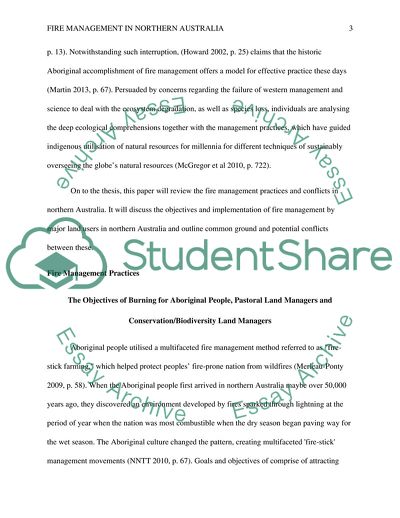Cite this document
(Fire Management in Northern Australia Term Paper, n.d.)
Fire Management in Northern Australia Term Paper. https://studentshare.org/environmental-studies/1830185-review-of-fire-management-practices-and-conflicts-in-northern-australia
Fire Management in Northern Australia Term Paper. https://studentshare.org/environmental-studies/1830185-review-of-fire-management-practices-and-conflicts-in-northern-australia
(Fire Management in Northern Australia Term Paper)
Fire Management in Northern Australia Term Paper. https://studentshare.org/environmental-studies/1830185-review-of-fire-management-practices-and-conflicts-in-northern-australia.
Fire Management in Northern Australia Term Paper. https://studentshare.org/environmental-studies/1830185-review-of-fire-management-practices-and-conflicts-in-northern-australia.
“Fire Management in Northern Australia Term Paper”. https://studentshare.org/environmental-studies/1830185-review-of-fire-management-practices-and-conflicts-in-northern-australia.


